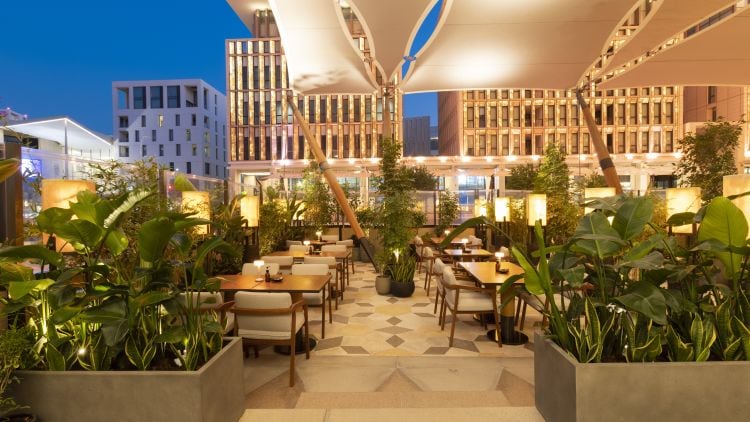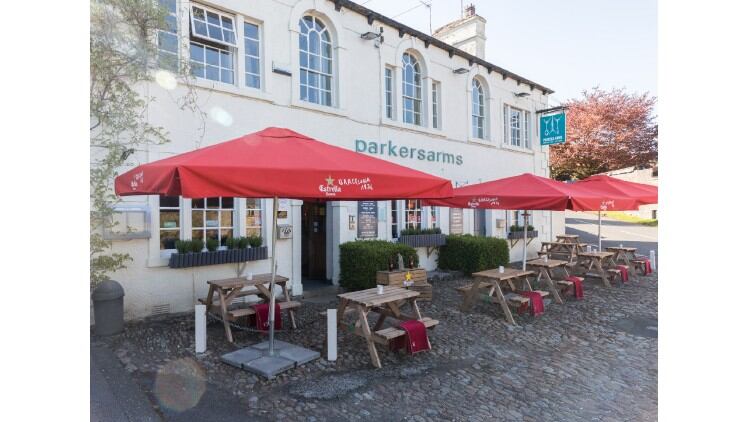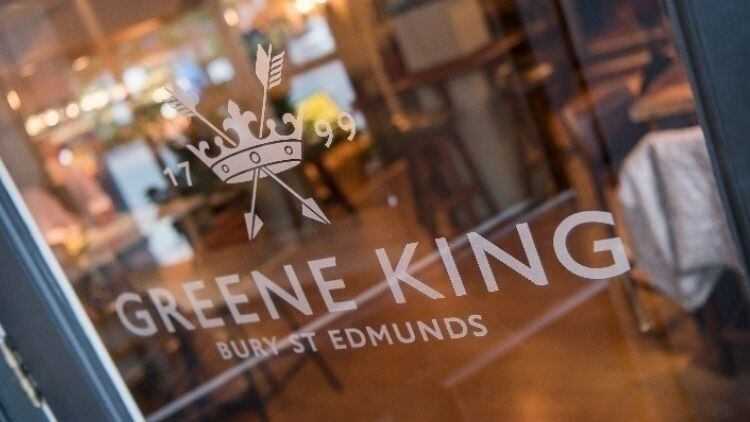Design studio DesignLSM managing director Holly Hallam has advised publicans to stimulate customers senses to leave them feeling refreshed and energised after visiting an establishment.
Hallam said: “Interior design is so much more than creating a visually appealing space for people to eat, drink, socialise, and work in, considering wellbeing is a fundamental building block in the strategic design process for 21st century hospitality spaces.
“The design should of course be aesthetically pleasing, but it should also play its part in enhancing the health and wellness of a person, stimulating the other senses - sound, smell and touch – as well sight.”
Respite from stress
Recent statistics from the World Health Organisation (WHO) revealed about 10% of adults in the UK feel stressed every day, with only one in five UK adults saying they never suffer from stress.
DesignLSM, which has been in the business for more than 33 years’, believes hospitality venues can offer respite from stress through music as it can influence the pace at which people dine and scents, which can stimulate a feeling of tranquillity.
Hallam said: “Our senses enable us to observe and understand the world around us, sending messages through receptor cells to our brain, using our nervous system to deliver those messages.
“Through intelligent design, which ignites multi-sensory experiences, we are able to create restorative environments that enhance moods and generate a feeling of overall wellness that are appropriate for that specific brand, physical space and desired guest experience.”
Essential strategy
According to Hallam, open spaces, tactile materials, lighting, quiet areas, smooth lines, and curved surfaces are all objective in helping to reduce anxiety and stress.
Furthermore, Hallam advised design principles dictate the energy and atmosphere created by a space, for example, bolder, brighter, and heavier colour palettes are energy-giving, while more neutral tones create a sense of calm and relaxation.
She added: “When it comes to physical design, thoughtful, spatial planning is key, with circular seating booths and sections containing lounge seating encouraging connection and engagement with one another, which has been lacking from the lives of the majority of the global population in recent times.
“Wellness should not just be considered as a subject in relation to a spa experience; it is an environment, it’s essential to strategically think outside the aesthetics and more about the overall sensory experience to create memorable, healthy, mindful moments.”





